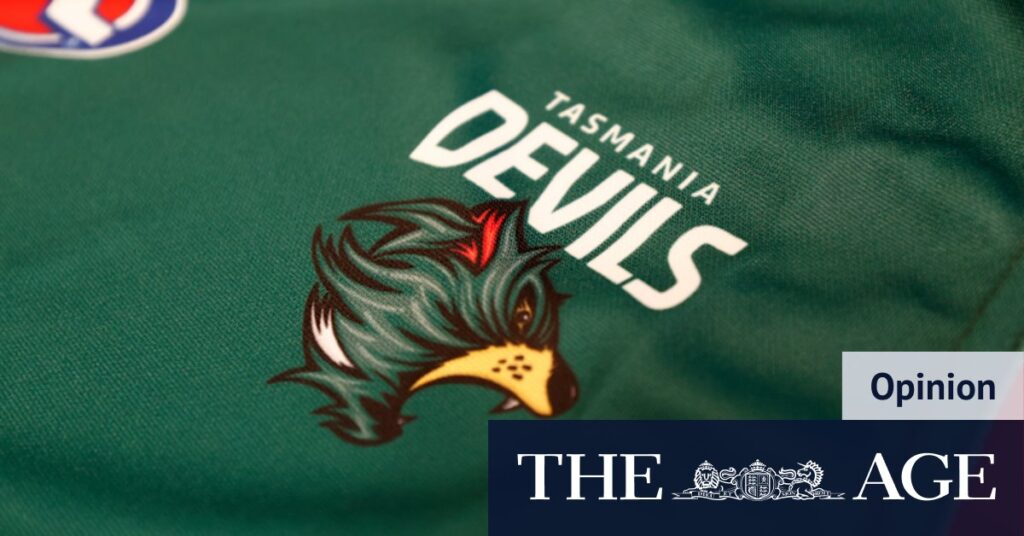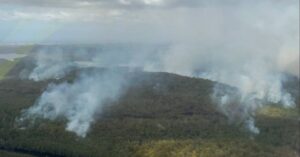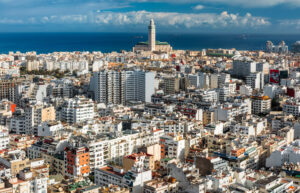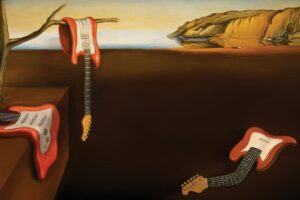
For decades, the dream of a Tasmanian team in the Australian Football League (AFL) was both the island’s passion and the nation’s sentimental hope. However, as the Victorian Football League (VFL) expanded nationally in the 1980s and rebranded as the AFL in 1990, Tasmania’s proposals to join the league were repeatedly rebuffed. The AFL favored larger population centers, leaving Tasmania’s rich footballing tradition to wither. Advocates feared that without an AFL side, football on the island was doomed to extinction.
In a move that has sparked controversy, the AFL demanded a new, roofed stadium in Tasmania as a condition for granting the island its own team, the Tassie Devils. This requirement has become a point of contention among Tasmanians, with many viewing the proposed stadium as an economically disastrous endeavor. The state, already struggling with financial difficulties, is being asked to fund a project that could exacerbate its economic woes.
The Economic Dilemma
Leading economists and the Tasmanian Treasury have been sounding the alarm for over a year about the state’s escalating debt. With annual revenue of approximately $9 billion, Tasmania is projected to face a $22 billion debt by 2027. This includes $13 billion in state debt and $9 billion in state business debt. In June, the Treasury warned that unless unnecessary infrastructure spending was curtailed, Tasmania could face dire financial consequences, including a potential 250% tax increase, a 25% reduction in services, or the loss of 21,000 public sector jobs.
The proposed stadium, initially promised by the Liberal government to cost taxpayers no more than $375 million, is now estimated by the Tasmanian Planning Commission to cost $1.8 billion over a decade, with additional uncosted expenses. Politicians from both major parties privately acknowledge that Tasmania cannot afford the stadium without jeopardizing its future, yet none have publicly voiced this concern for fear of being blamed if the AFL withdraws its offer for a team.
Social Impact and Public Backlash
The demand for the stadium has sparked significant social unrest. An “efficiency dividend” introduced in 2024 has already led to severe cutbacks. Nurses recently went on strike over fears of a 58% reduction in nursing staff at Tasmania’s cancer clinic, while TAFE fees have skyrocketed by 5000% to $20,000 for some courses. The planning commission has warned that the stadium could necessitate higher taxes and potentially lead to a credit downgrade, further exacerbating the state’s debt spiral.
The AFL’s insistence on the stadium has not only divided the Tasmanian public but also tied the fate of the Tassie Devils to a project many view as a monument to economic folly. The argument that a $2 billion stadium is necessary for the Devils’ financial independence is seen by many as a cruel joke when weighed against the potential costs of increased taxes, job losses, and cuts to essential services.
Political and Cultural Ramifications
The AFL’s involvement in Tasmanian politics has been contentious. The league has intervened in two state elections to support the Liberal party and pressure Labor. In 2024, just days before the state election, the AFL held a lavish launch of the Devils’ team colors, name, logo, and guernsey, a move perceived as an attempt to influence the political landscape. The Devils’ plan to unveil a high-profile coach before the parliamentary vote on the stadium is seen as a similar tactic to sway undecided MPs.
Many Tasmanians view this as an overreach by the AFL, likening its actions to those of an empire demanding tribute from its colony. When 21 Tasmanian politicians opposed to the stadium requested a meeting with AFL CEO Andrew Dillon in June, they received no response. This perceived arrogance has only fueled public resentment.
Future of the Tassie Devils
The question remains: what will happen if the Tasmanian parliament refuses to back the stadium? Would the AFL dismantle its own team, with players under contract and a substantial mainland fan base? Even commentator Gerard Whateley has expressed doubts about such a drastic move. The Devils already have a lucrative state sponsorship deal worth $314 million, which includes $144 million for the club over 12 years, $105 million for a high-performance center, and $65 million to upgrade the Launceston stadium.
As the debate continues, the fate of the Tassie Devils and the proposed stadium remains uncertain. The decision will have lasting implications not only for the island’s economy but also for its cultural identity and the unity of its residents. The AFL’s demand for a stadium has transformed what was once a unifying dream into a divisive reality, leaving Tasmanians to grapple with the potential consequences of this contentious project.







